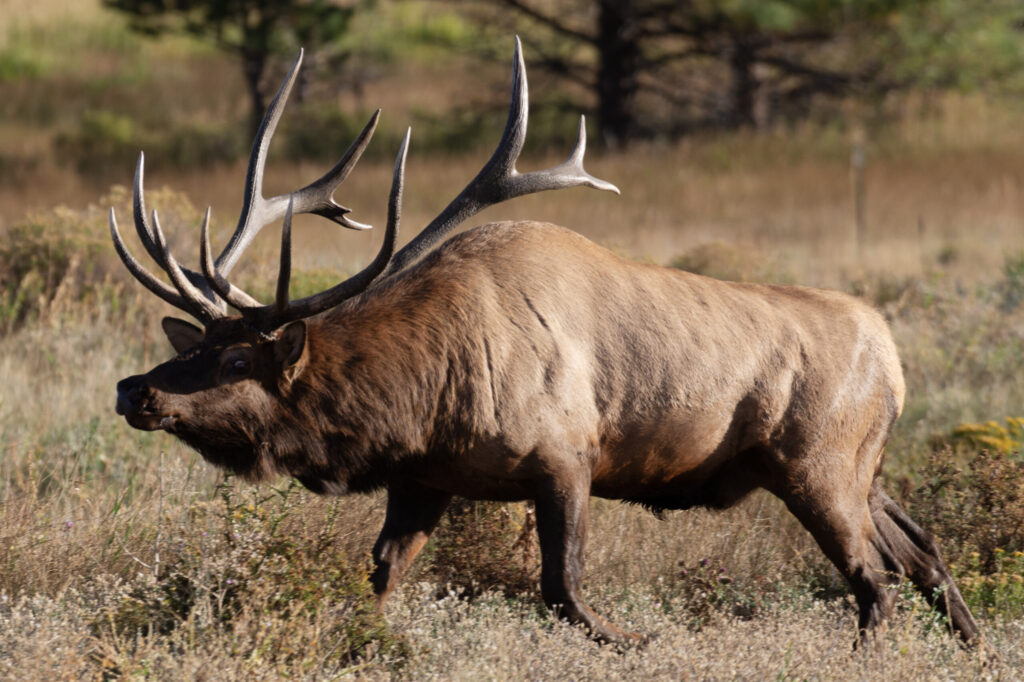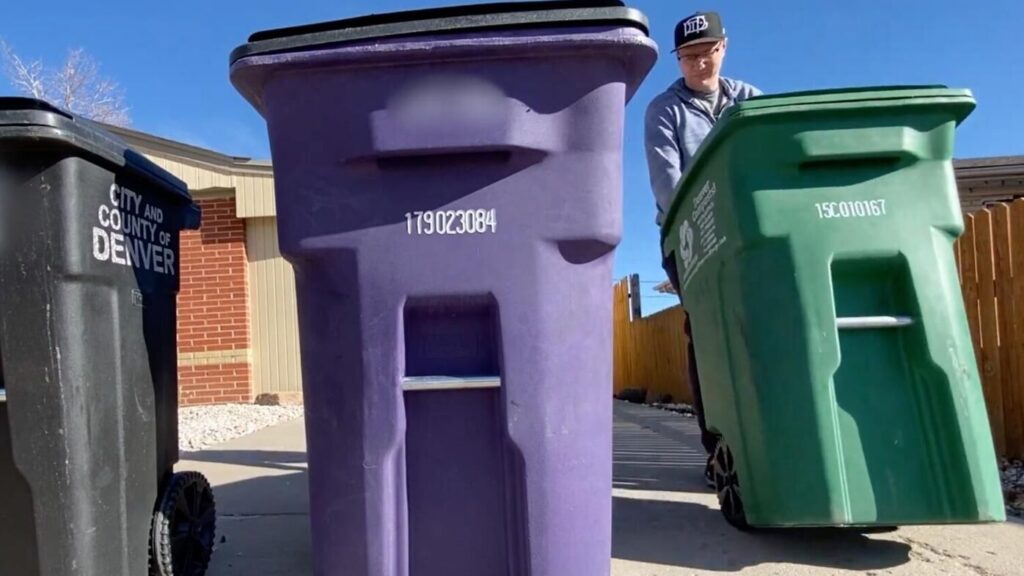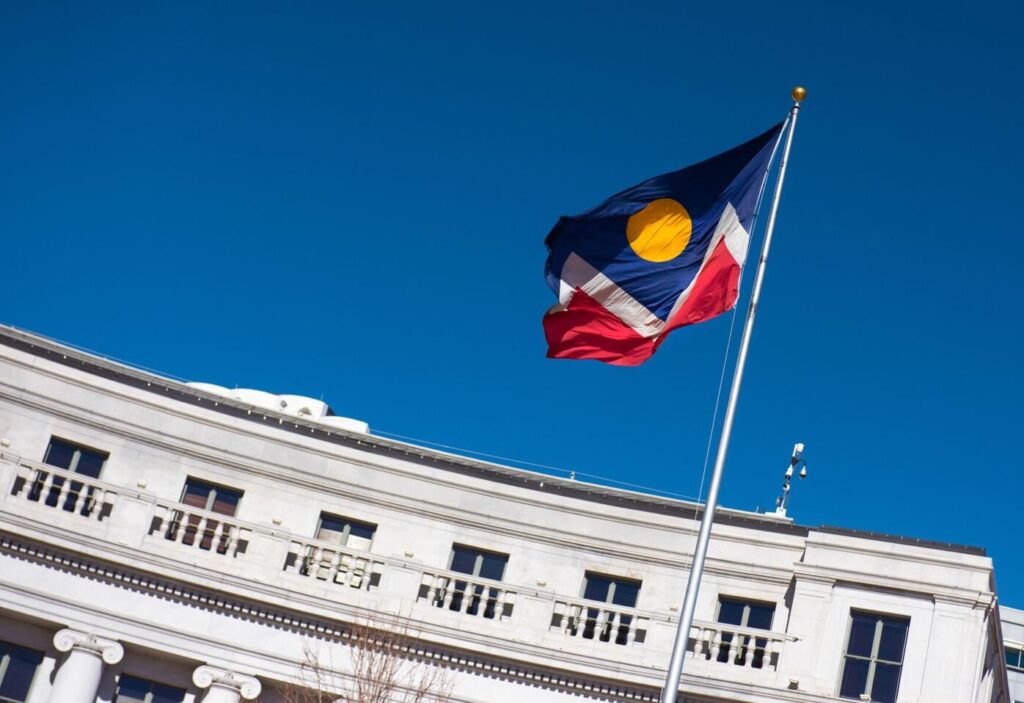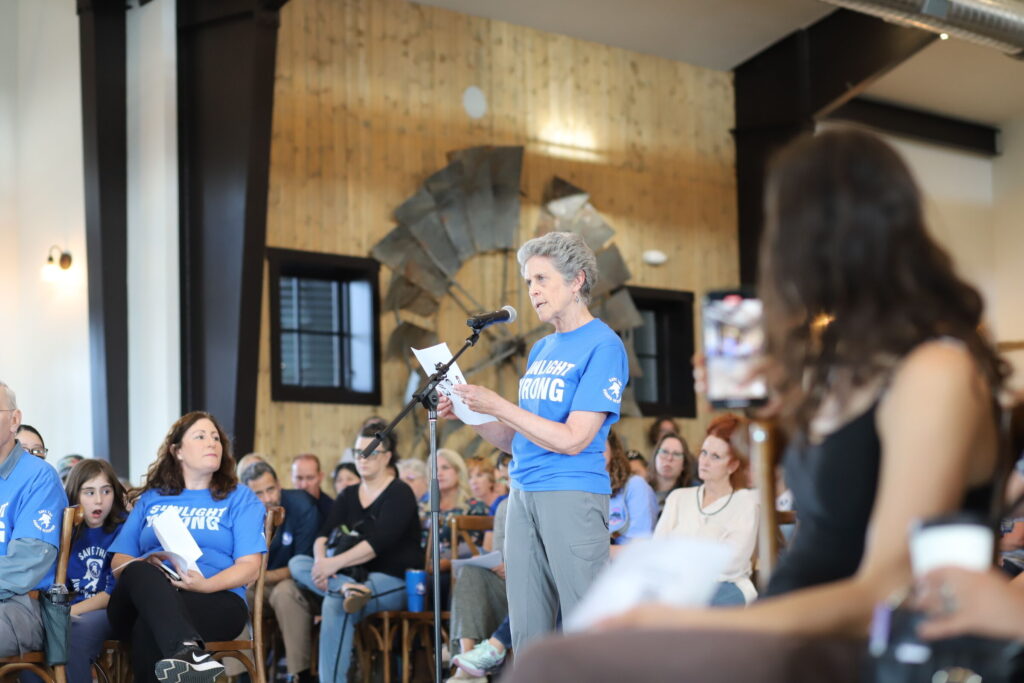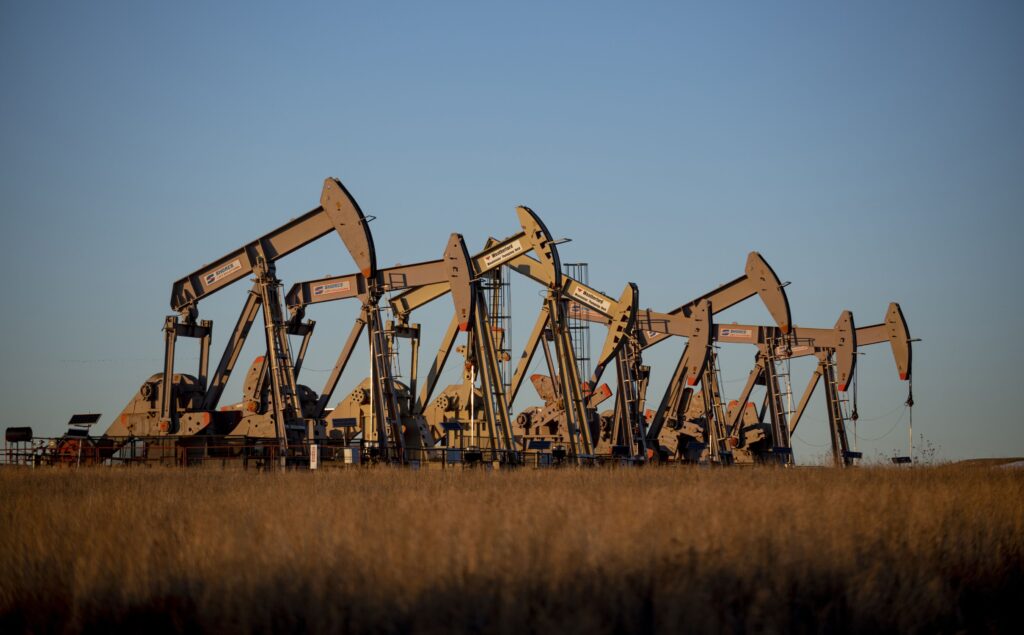The massive fence that has divided means of life in the San Luis Valley
SAN LUIS • This land has gone by many names.
The “Sangre de Cristo Grant,” so named by the Mexican government in 1844 to encourage settlement. “Taylor Ranch.” And now “Cielo Vista Ranch.”
For Eli Rael, whose ancestors moved here in the late 1800s, it’s always been simply “La Sierra,” a communal mountain landscape where settlers and their descendants could graze livestock, hunt for food, divert water and gather timber.
And then came the fence, 8 feet tall, with barbed wire, around land that courts have previously ruled residents have the right to use.
No longer could Rael freely move his cattle up and down the mountain with the seasons. No longer could he ride a horse upstream to clear his irrigation ditch. No longer could he wake up and see a landscape teeming with deer and elk. He was even hit with a criminal trespass charge for checking on his cattle.
“When you look at it, it’s like looking at a prison,” said Rael, 63. “We used to have a small fence. They just came and took it down and bulldozed the road and built this huge fence.”
“They” were employed by William Harrison, the billionaire heir to a Texas oil fortune who bought the 83,000-acre ranch in 2017. And the fence has become the latest flashpoint in a land war going back decades, one that has pitted descendants of early settlers against wealthy outsiders seeking to establish a private mountain retreat.
It has reached the corridors of the state Capitol, where some lawmakers are trying to reign in the landowner’s efforts to build the fence without local approval.
For Rael and others whose families have been using these foothills for generations, it’s much more than a fence. He was recently issued a $100,000 civil citation for trespassing trying to check on his cattle.
“This fence is a slap in the face to the people who live here,” he said.
Messages left with the Cielo Vista Ranch and their community liaison officer were not returned.
Decades long legal battle
“At first we didn’t really know what it was,” said San Luis resident Frank Vigil, 73, who like many in this remote corner of the San Luis Valley is a descendant of Hispanic settlers who came in the 1800s.
“(Harrison) had brought in some bison and we thought he was going to use it to contain his bison. We never realized it was going to go the distance that it had, and it kept going and going, and the more it went, the more people talked about it, and that’s when we decided we had to do something to bring some attention to it and try to stop it.”
It began to look like Harrison intended to build the massive fence around the entire ranch — 90 miles of fence line, in which the smallest wildlife couldn’t pass through. Residents formed the La Sierra Environmental Guardian Committee to fight it.
This land had been the subject of a 42-year-long legal battle, after a lumberman bought it in 1960 and cut off locals’ access. In 2002, the state Supreme Court ruled 5,000 descendants of settlers could have access for grazing and firewood collecting.
The land changed hands several times, passing from one wealthy Texan to another, until Harrison bought it in 2017 and pledged to work with the locals. Then with no warning, no local approvals, the bulldozers came, residents said. Harrison told the community it was necessary to keep out trespassers and keep in his herd of approximately 60 to 100 bison.
The landowner installed nine gates where the longtime local residents can access the land, but they say the setup is inconvenient and it is often impossible to reach the ranch manager to gain entry. When Rael received his civil trespassing complaint, he did not use one of the nine approved gates to check on his cattle and was recorded on a hidden camera. He is fighting the citation. Harrison did not respond to requests for comment on this story.
There had already been a fence, a traditional one a few feet high that wildlife could pass over and under. Now people began to see animals pacing the fence line, unable to get to water or grazing lands.
Costilla County is one of the poorest in Colorado, and many people rely on hunting for food.
“If you want to keep bison in, why are you building a fence that holds in porcupines, skunks, rabbits, foxes and bobcats? That doesn’t make sense,” said Joseph Quintana, 70, who also lives up against the new fence.
The ranch advertises itself as “among the finest elk, deer, and sheep hunting properties in the world.” Guided trips run in the thousands of dollars.
“We’re completely bewildered why he doesn’t see what everybody else sees, that this is harmful to wildlife. He doesn’t own the wildlife. He doesn’t have the right to keep it trapped in there. But this fence is doing exactly that,” Quintana said.
Deep ruts and washouts
“See the scar up there? That’s his crazy fence-line,” said Quintana.
The Mexican land grants were not neat grids. Since settlers were guaranteed water — a scarce resource in this high alpine desert — and grazing land, plots followed creeks. Today the private lands exist as stems into the landscape, surrounded often on two sides by the fence or roads that were bulldozed for future fence construction. The private ranch even rises high above timberland and includes 14,053-foot Culebra Peak, the only 14er in Colorado one must pay to climb.
These roads built for the fence run up and down steep hillsides all over the ranch, and residents say erosion has been the result. Deep ruts and washouts now dot the landscape.
Quintana said he has had to clear his irrigation ditch every time it rains, as sediment is washed from above.
“He’s bulldozed steep hills with fragile terrain and after the first rainstorm, erosion began to develop, ruts 8 feet deep. It’s totally changing the water flow and now we’re getting flash floods at my property, my neighbors property,” he said.
After clamor from residents, in 2022 Costilla County cited the ranch for land-use violations and the next year put a moratorium on all fences over 5 feet high. The landowner sued the county and, residents said, ignored the moratorium, continuing to put up the fence.
The court subsequently upheld the moratorium, stopping construction but not addressing the estimated 20 miles of fence line already built. Residents said the landowner compromised and built some livestock jump spots, but far fewer than the one per 1,000 yards recommended by wildlife managers.
Weiser: Fence similar to a state prison
The Colorado Department of Public Health and Environment also stepped in, issuing a corrective action order in 2024 for the ranch to adhere to build more efficient stormwater control, with berms, ditches, culverts, etc.; to develop widespread erosion control; and, to submit to inspections.
Last month, state lawmakers sponsored a bill that would require the landowner to get local approval before building any more fenceline. The bill passed the House Agriculture, Water and Natural Resources Committee, 11-2, Feb. 3.
Attorney General Phil Weizer, who toured the area in 2024, testified in support of the bill.
“To say this is ‘just a fence’ does a disservice to the complexity of this issue, and how it harms the people. This is no mere fence — instead, it’s a 20-mile-long wire grid,” Weiser told the House committee. “One so tall that deer and elk cannot jump over it to reach water. And one with grid openings so small — 3.5 inches — that small birds and animals cannot get through it. And it’s topped with barbed wire. This fence has nothing in common with typical barbed wire fences in rural areas — instead, it’s far more similar to what we would see surrounding a state prison.”
Republicans raised concerns about the fence proposed in the bill and its impacts on private property rights.
Fence opponents said they don’t contest Harrison’s right to fence his land, just the size of it. It’s a symbolic insult to them to see such a large barrier on land their ancestors could roam freely, “La Sierra,” they said.
“I look at it every day from my backyard,” said Vigil, one of the neighbors. “La Sierra is a part of us. We’ve been here four, five generations, and all of us, our ancestors, people around us, have made our livings there. It’s a big thing.”









